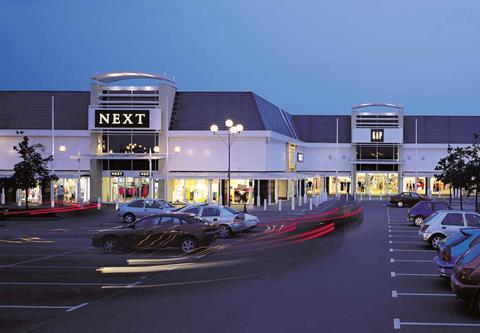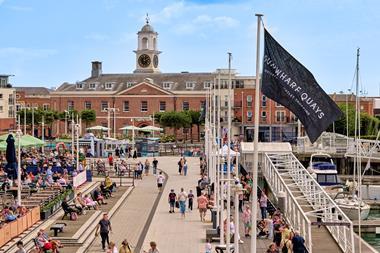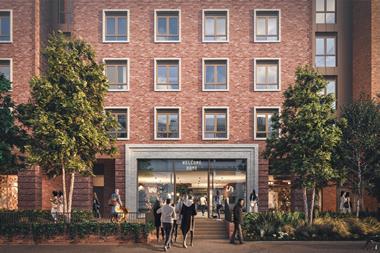Rents tend to be higher out of town than on the high street. Gemma Goldfingle finds out whether they are likely to rise or fall in the future.

While out-of-town retail parks have a reputation for higher rents than the high street, prices have remained fairly flat of late.
According to The Definitive Guide to Retail & Leisure Parks 2012, published by Trevor Wood Associates, the highest level of rent paid at the top 10 retail parks has not changed throughout the year.
The out-of-town scheme with the highest rental value is the 416,536 sq ft Fosse Park in Leicester, which achieved a £105 per sq ft headline rent on a letting to footwear retailer Clarks made in 2008.
“The top rents on the best retail parks have not radically changed in the past four to five years,” says CBRE senior director Dominic Walton. “There’s pressure on rents but the very best parks are relatively resilient.”
The downturn has caused prime locations to thrive while the problems of struggling developments have been exacerbated. He says rental rates on most parks have dropped between 10% and 40% from their 2006 peak and that retailers judge out-of-town parks on three major criteria: location, whether it has critical mass and what type of planning consent it has.
From a planning perspective, certain allowances will make a development more attractive to retailers. “If planning allows retailers to build mezzanines, that can boost rental rates. Trading density is commensurate with higher rents,” Walton explains.
While some might balk at Fosse Park’s headline rents, Walton believes they are justified. “Retailers wouldn’t pay if it wasn’t a profitable place,” he says.
In fact, Walton believes landlords could demand a lot more for warehouses if they put together a more compelling business case. He says: “Regional retail centres know their customer profile. They use data to find out age, how much they spend and what on, which can make a compelling case to would-be tenants. That information is not as advanced in out of town.”
Any big increase in rents has largely been driven by discounters such as Poundland and Poundworld, according to Trevor Wood Associates director Trevor Wood: “They’ve been some of the most aggressive takers of space and have been in competition with each other.”
Although the rental market out of town has remained flat over the past year, Walton believes the locations are well placed to benefit when the economy picks up. Some retailers such as Next class out of town as integral to store expansion after being wooed by the accessibility of developments. Plus, the lack of development in town centres make retail parks well-positioned to profit post-downturn.
Town centre development has stalled with only one development, Trinity Leeds, expected to open next year. That is likely to lead to more retailers moving out of town.
Walton says: “You can rapidly build stores out of town, which can be online in less than a year, while you’re looking at two years for in town. When the economy and market dynamics improve there is an opportunity for rental growth, but it will be a long time before we hit the peaks of 2006.”
The lack of development is also encouraging what Walton calls “more interesting retailers,” such as John Lewis and Debenhams, to expand their out-of-town portfolios.
Clarks, Office and River Island are relatively new to the market and, according to Walton, Primark is to open its first retail park stores after signing
up to MK1 in Milton Keynes and Westwood Cross, Thanet.
“The opportunity for Primark is phenomenal and will attract other new entrants to out of town,” says Walton.
So, as out-of-town locations become more attractive to a wider spectrum of retailers, rents could be poised to rise at the prime sites.



























No comments yet